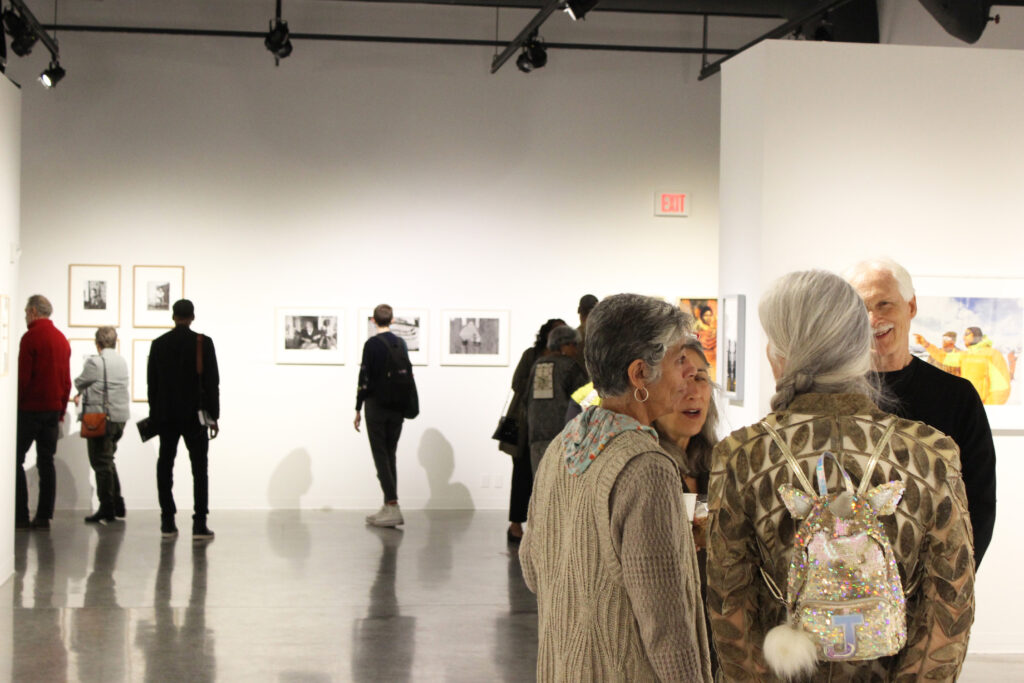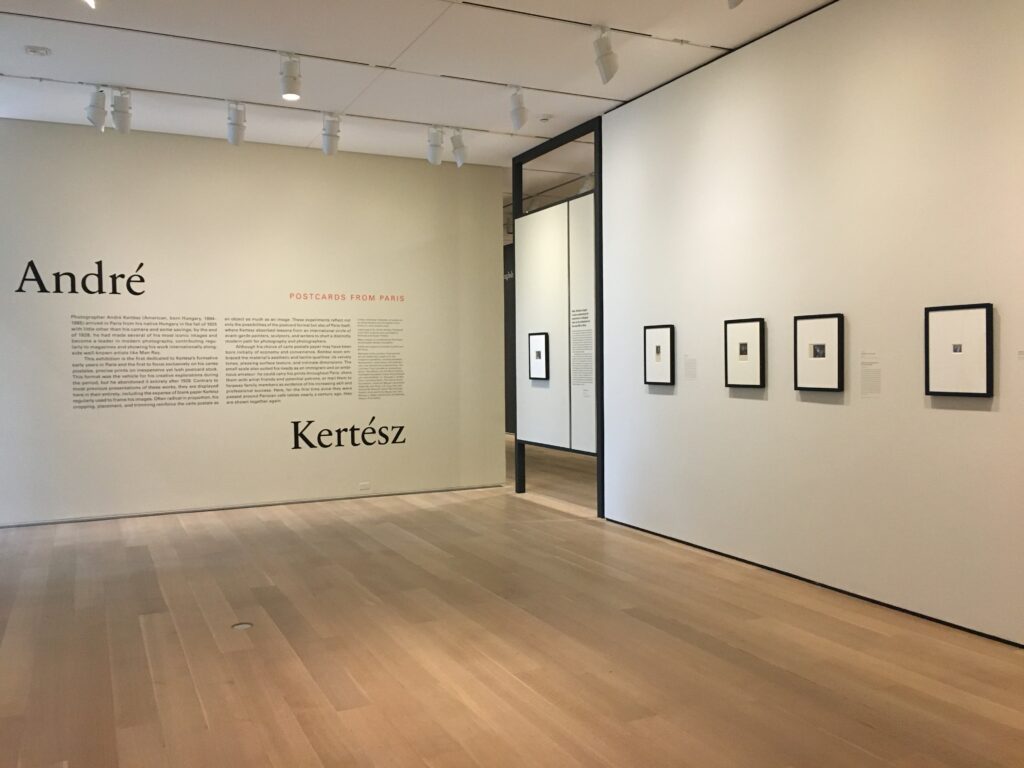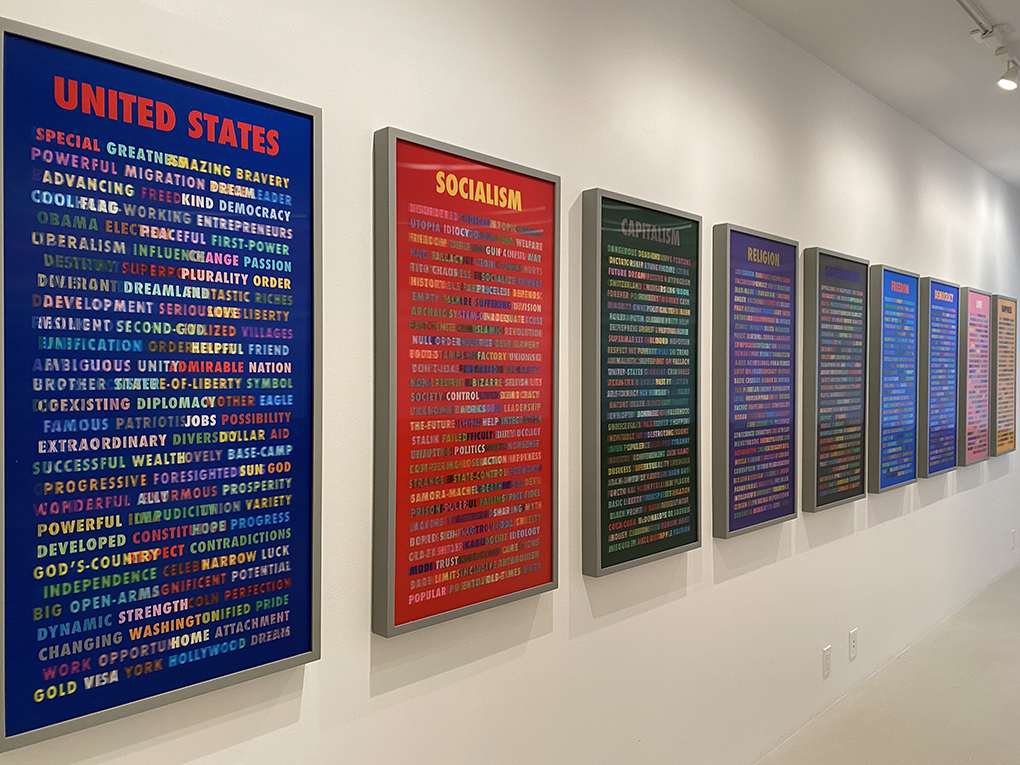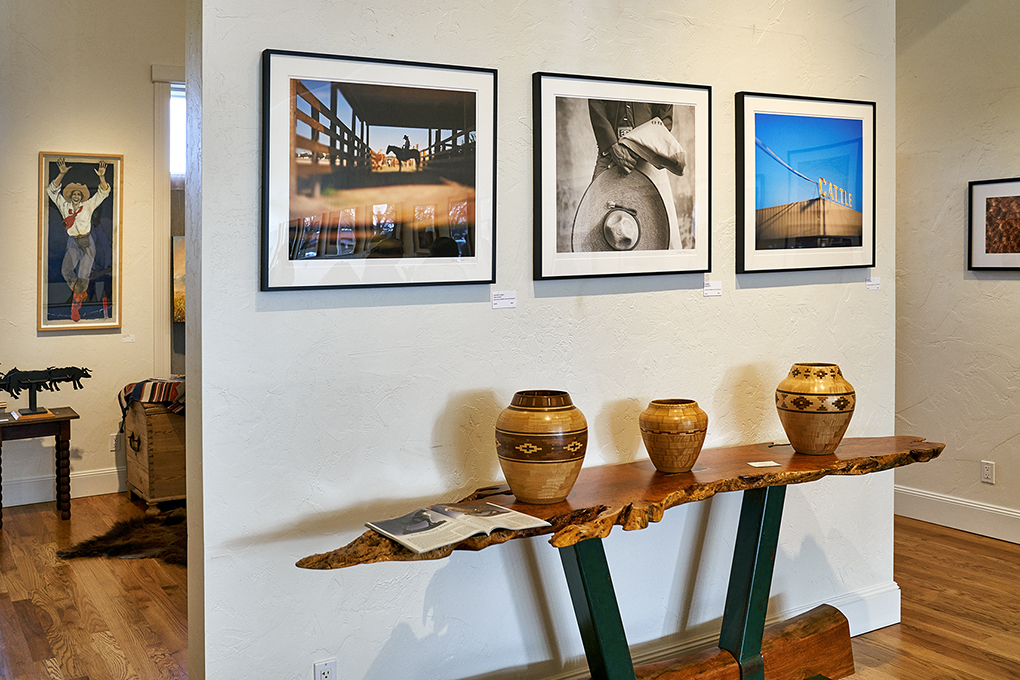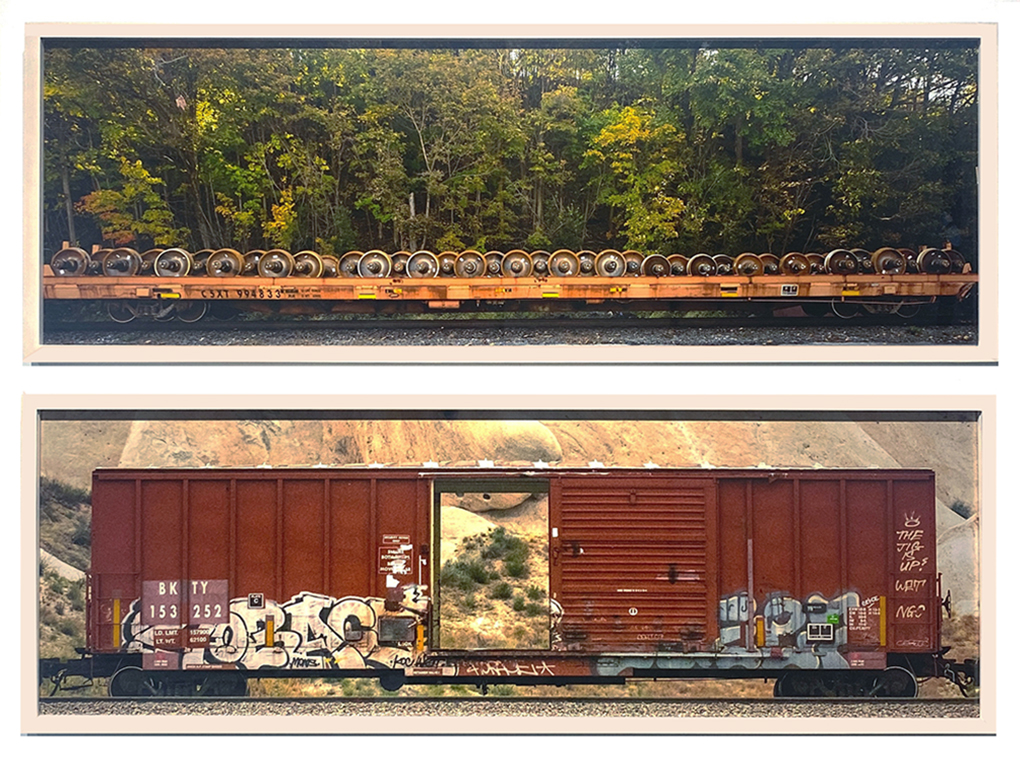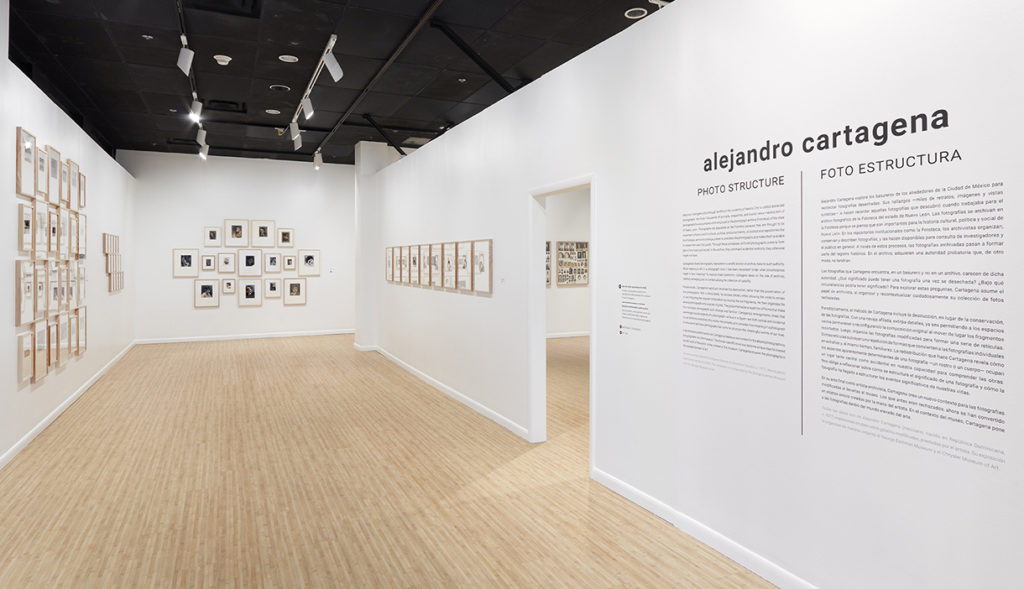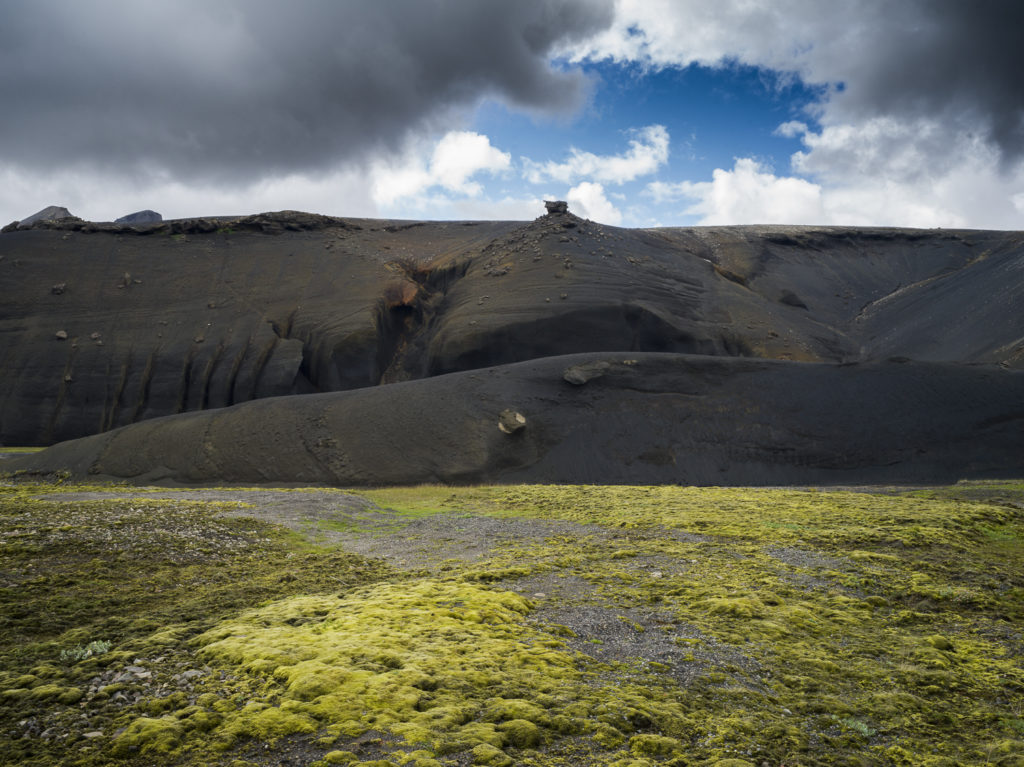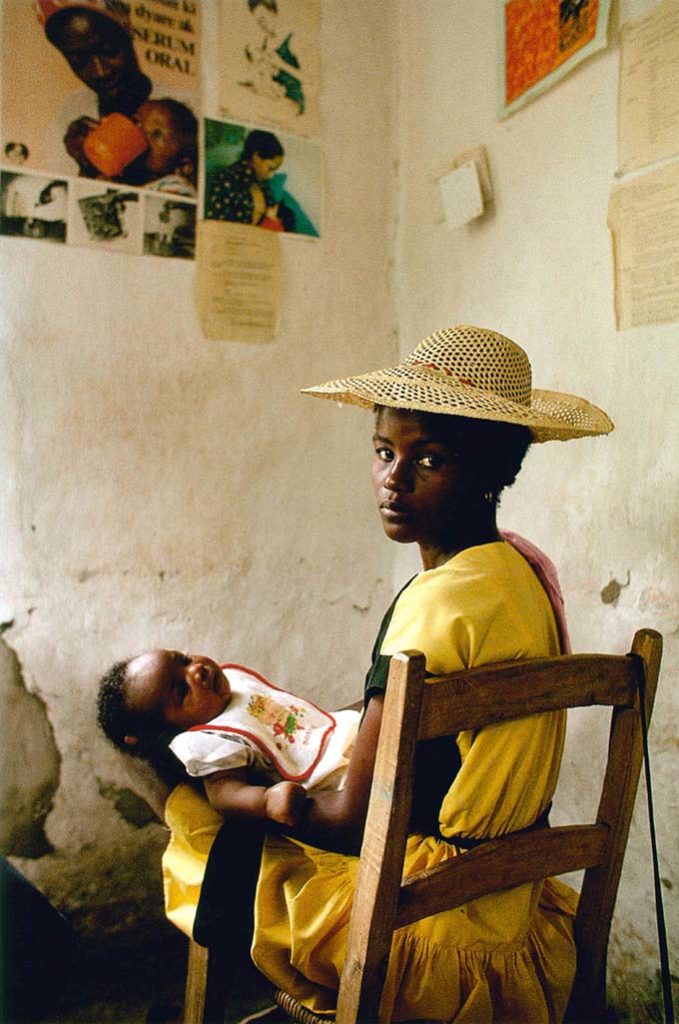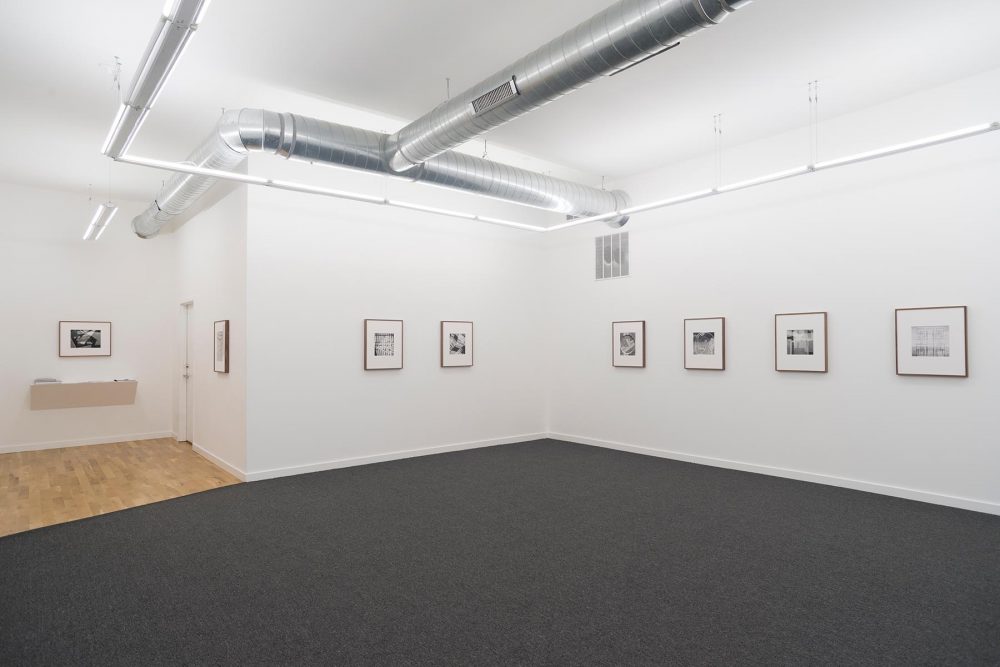Photography Exhibits
“Picture Gallery of the Soul” Exhibit at the Katherine Nash Gallery at the University of Minnesota.
A Picture Gallery of the Soul, is a group exhibition of over 100 Black American artists whose practice incorporates the photographic medium. Sampling a range of photographic expressions from traditional photography to mixed media and conceptual art and spanning a timeframe that includes the 19th, 20th, and 21st centuries, the exhibition honors, celebrates, investigates, and interprets…
Read MoreBehind-the-scenes look at “André Kertész: Postcards from Paris”
Planning and mounting an exhibition is always difficult. This one was made even more difficult because most of the work was done during the pandemic when the museum staff at the Art Institute of Chicago was working remotely or spending limited time at the museum. We asked Elizabeth Siegel, the curator of the show…
Read MoreBrian Dailey WORDS: A Global Conversation at Baahng & Co in New York City
WORDS is the artist’s investigation into the impact of globalization and its effect on key human structures of language, society, culture, and environment. In each country, Dailey set up his camera with green-screen backdrop and invited random individuals. Participants were asked 13 words in their native languages: peace, war, love, environment, freedom, religion, democracy, government, happiness,…
Read MoreDave Shafer “Through an Artist’s Lens” at Davis and Blevins Gallery in Texas
Dave Shafer’s photographic art work is strongly rooted in Americana themes, adventures and totems. The images for this exhibit have all be captured with film and a 50+ year old 4×5 format camera. No matter the camera or subject, Dave’s devotion is to capture the fleeting moments of gesture and light. Cowboy Boot No. 2,…
Read MoreStephen Mallon “Passing Freight” Front Room Gallery in New York City
Front Room Gallery is pleased to present a solo exhibition of photographs by Stephen Mallon. “Passing Freight” is a visual celebration of the unique beauty and function of freight train cars in United States. In 2018 there were 1,637,000 freight cars in operation across North America, each distinctive in their construction, markings and utility. Time…
Read MoreALEJANDRO CARTAGENA: PHOTO STRUCTURE / FOTO ESTRUCTURA at Eastman Museum
For this latest body of work, Cartagena spent time sifting through landfills on the outskirts of Mexico City to collect thousands of discarded photographs—portraits, snapshots, and tourist views. Cartagena excises figures, faces, or other details from the found photographs and reconfigures the original compositions by either moving the cut fragments or removing them entirely. The…
Read MoreChuck Koosmann “Landscapes”
Iceland is a place I didn’t know much about before travelling there. It is small, isolated and full of my imaginings. I had heard many stories about it from travelers I’ve known but didn’t have a sense of it really. The reality was unexpected. Too many tourists in Reykjavik, glaciers of immense size, a dramatic…
Read MoreR. J. Kern – The Best of the Best
“The Best of the Best” records champion animals at the 2018 Minnesota State Fair, one of the most competitive animal contests in the world. Animal breeding, like photography, has been an area of both technical and material evolution. This series explores the relationship between the present and the past, drawing parallels between early animal contests…
Read MoreBeing There: Photographs by James P. Blair at Middlebury College Museum of Art
This exhibition takes an intimate look at the work of renowned photographer James P. Blair, who for more than thirty-five years traveled the world for the National Geographic Society. His images not only transport us to places most of us will never visit, the best of them have become part of our visual lexicon and…
Read MoreGeraldo de Barros at Document in Chicago
Document is presenting their second solo exhibition of the photographs of Geraldo de Barros. The exhibit will be of a selection of earlier photographs the artist took between 1947 and 1954. The Fotoformas of Geraldo de Barros (1923-1998) were created from the late-1940s through early 1950s, largely in São Paulo. As fitting this period of…
Read More